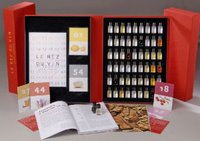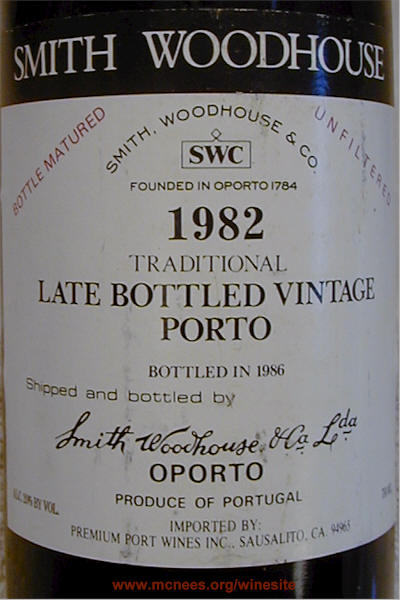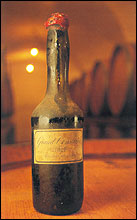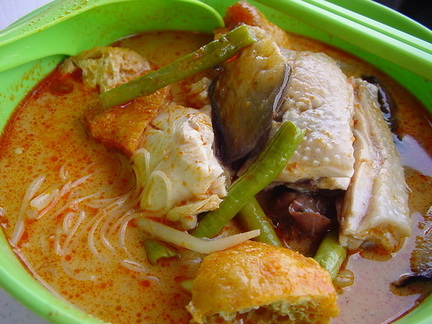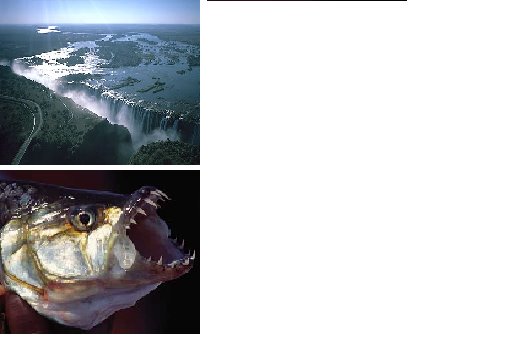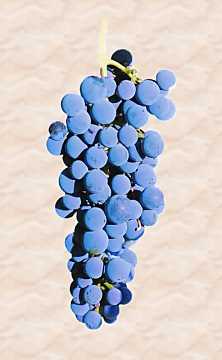
I recently attended a private wine dinner with a bunch of so call "wine connoisseur" ( most of them just read their first wine book- Hugh Johnson's Pocket Wine Encyclopedia). It was a privately organized wine dinner where a 4-coursed dinner was
pre-ordered with a reputable fine dining restaurant in
KLCC. I can't recall what the courses were as the food was not fantastic while adequate. The idea of the evening was for all of us to bring a bottle of wine irrespective of the food being served that night, just to compare notes.
Since our company for the evening was supposed to be wine drinkers of certain caliber, I figured I should at least bring something decent that won't cost me a bomb; a 2002
Almaviva (a Bordeaux Blend.
Click here if you want to know more), which I got from a certain reputable discount wine shop in
PJ New Town at a very decent price. Anyways, as it turned out, my selection was very well received and stood out well that evening as my wine was not only great, but it was the only none Aussie Shiraz, out of the 9 bottles of wines that was brought to the evening!!!!! (Nobody brought white wine
btw....but that's another story for another time)
Now, here's where the
KAO factor comes in. Malaysian and to certain extend our Southern neighbour, have been enjoying their
kao Kao Malaysian style coffee long before
Starbuck and Coffee Beans came to our shore. Most of us will still agree today that any
Starbuck "Blend of the Day" will be concluded as being too watery by our standard. Bit too thin and Acidic for our liking. Malaysian like their coffee black, thick, sweet and in wine jargon full bodied, and to certain extend, that preference has influence our choice of wine as well.
I think we can safely assume that 90% of the wines drank in this country and maybe slightly lesser in the Asian region is red. Why? Reports about benefits of drinking red wine may have something to do with it, but the key is that the Aussie have done a great job marketing their country as a serious wine producer and their adopted grape -
shiraz (
Syrah in other part of the world. Origin in the Middle East and grown well in Rhone, France..
find out more) a varietal wine to be reckon with. Of course it was not all marketing, they obviously have some seriously good Shiraz from Australia.
For what's more accessible in the market, a textbook Aussie red wine is like " being whacked in the face with a 2x4 plank". This wine is forwardly fruity, full bodied, not too acidic, low tannins, slightly off dry and has 15-16% in alcohol. Translated; a fruity, easy drinking full bodied red wine with lots of alcohol. Must be
KAO!!!! and goes down easy too. To take this a step further in our evolution of red wine drinking...lets factor in our
YaaaaaaaaaaaaaaaaaaaaaaammmmmmmmmmmmmmmSeng culture, we like our
yamseng routine and make any excuse for the opportunity to do it, and it is uniquely Malaysian
Boleh! With us switching from hard liquor to wine in most social & private occasions, it is not hard for us to figure out why the a typical Aussie red is our choice of wine, at least until our palates mature somewhat .


